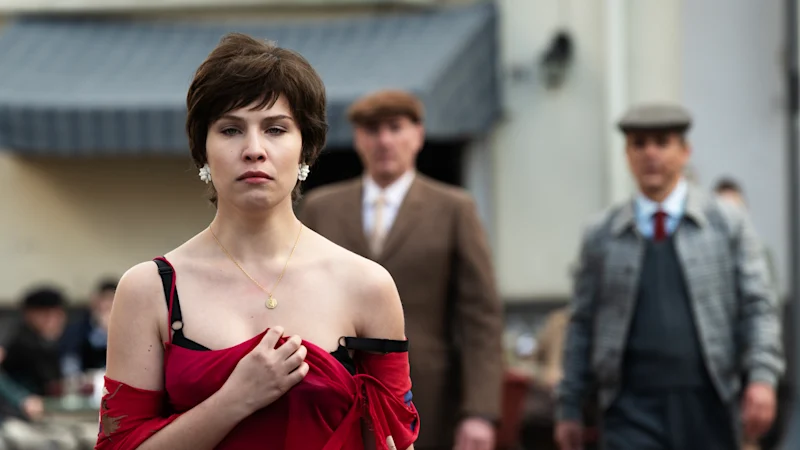Copyright brisbanetimes

In 1982, a young couple who had parked their car at the edge of a wood were shot through the car window. It was the eighth couple killing committed by an unknown serial killer known to the Italian public as “the Monster of Florence”. Some of the female victims were mutilated, indicating these were crimes of misogyny, but the Monster also killed a male couple: young German tourists shot in their campervan. What was beyond doubt was that they were all shot with the same weapon: a .22 Beretta. Theories about the culprit continue to be debated to this day, but the creators of the four-part series called The Monster of Florence, Leonardo Fasoli and Stefano Sollima, were not interested in arguing a thesis or solving the mystery. “To recount [events] with honesty, respect and rigour must still carry meaning,” Sollima writes in his director’s notes. “Not to solve, not to explain, but simply to remember.” Delivering answers, he says when we meet, isn’t the point. “As a viewer myself, I prefer to see something that makes my mind ask questions.” Sollima previously produced and was lead director on the long-running series Gomorrah, based on Roberto Saviano’s study of kids who sign up to organised crime in Naples. What struck him and his writing partner Fasoli about the story of the Monster, who apparently claimed his first victims in 1968, was what the case revealed about the society in which these murders could happen. For Fasoli, it was a way to discuss a patriarchal culture that is associated with traditional village life, but remains entrenched. “There is a sort of co-existence of the old Italy – where this culture is predominant – and the new, where even young people still suffer from its persistence,” Fasoli says. Sollimi agrees. “Every day in the last year there is a woman killed, so this cultural mentality, where women are considered as objects, is still strong,” he says. In many places, that machismo is woven into the regional identity. “If you go to Catania for example, it is a city with the symbol of an elephant,” says Fasoli. The Fontana Dell’ Elefante was built in the early 18th century in Catania’s Piazza del Duomo. “That elephant has testicles showing outside, which is not the case for real elephants. That elephant is the way it is because of Sicily’s sexist culture over the years. And it’s still there.”



